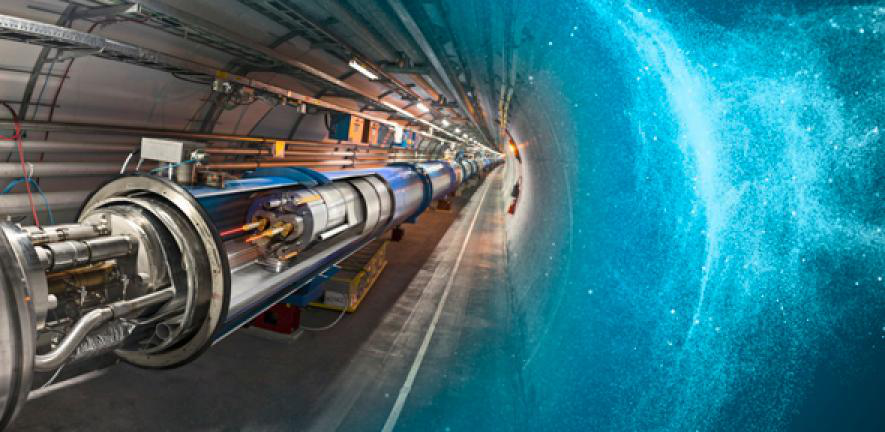Speaker
Description
In the search for new physics, beyond the standard model, the use of semi-supervised machine learning techniques provides a methodology to extract signal processes while minimizing potential biases caused by prior understanding. When using semi-supervised techniques in the training of machine learning models, over-training can lead to background events incorrectly being labeled as signal events. The extent of false signals generated must therefore be quantified before semi-supervised techniques can be used in resonance searches.
In searches for resonances within a given mass range, the significance of observing a local excess of events, must consider the probability of observing the excess elsewhere within the range. This is known as the “look elsewhere effect” and must be controlled for resonance searches. The semi-supervised technique has additional “look elsewhere effects” which need to be calculated. Generative adversarial networks are used in conjunction with Monte Carlo event generation to produce scalable datasets while minimizing inefficiencies in event weighting. The Wasserstein GAN with gradient penalty is evaluated in the expansion and un-weighting of Z𝛾 Monte Carlo data in order to calculate the “look elsewhere effect” within the semi-supervised studies.

